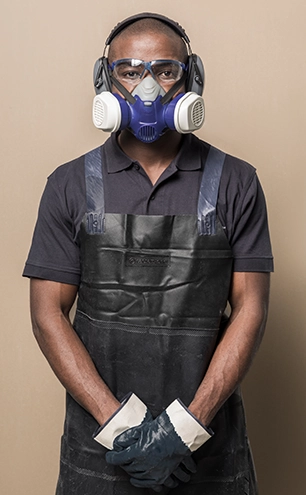Good Practice Guide


We, at Caesarstone®, view the existence of a safe and healthy working environment for all workers in the industry of fabricating stone slabs as a foremost interest. Caesarstone provides services of the highest standards to fabricators who choose to work with us. The Caesarstone Good Practice Guide outlines health and safety information relevant to managing the risk of exposure to hazardous dust generated during the fabrication of our products, which includes respirable crystalline silica (RCS) and amorphous silica, as specified in this guide. This guide is the result of our ongoing quest for new methods of providing you, the fabricators, with information in the most user friendly format, in order to promote improved safety in the industry.
See below the Silica Dust Health Hazards and Protection video